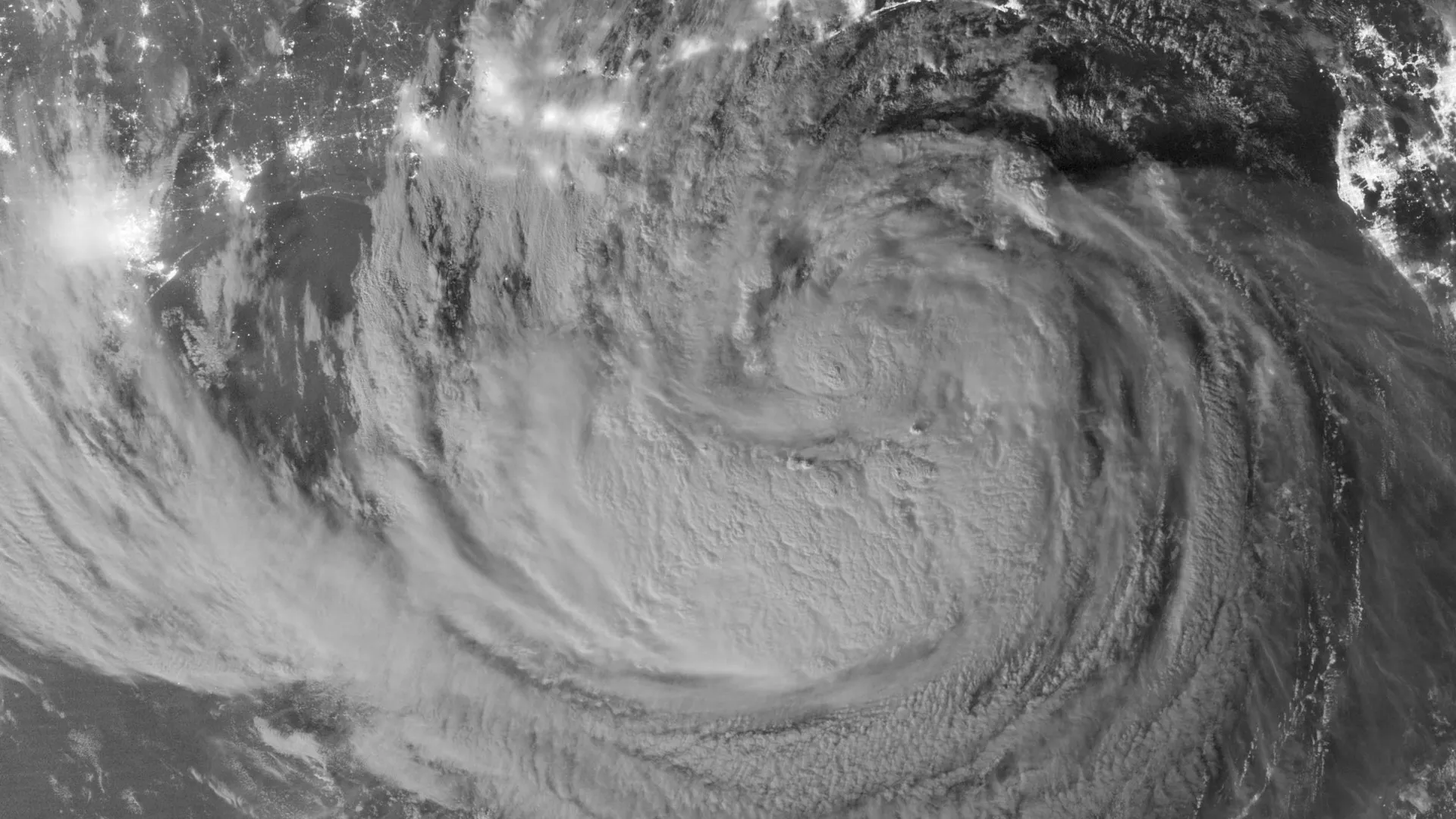
This special day, first celebrated in 1970, has undergone many changes from its humble beginning. As we look at the GOES-East capture of Earth from April 22, 2020, we can all ask ourselves how we can be better stewards of the planet’s environmental health. However, this begs the question of: “How did Earth form in the first place?”
Well, let’s first think about how Earth got its shape. Our planet is not a perfect sphere, as maps or globes sometimes depict it as, but is something called anoblate spheroid, due to the Newtonian proof that demonstrates how the Sun’s gravitational pull on the Earth is strongest around the equator and weaker around the North and South Poles, going along with Earth’s own rotational pull. Other planets in the solar system, such as Saturn, share the same shape as Earth’s for the exact same reason; however, Earth’s difference from an actual sphere is only 1/300, while Saturn’s is closer to 1/10 due to it being a gaseous planet.
This leads to the next point: why isn’t Earth a gas giant like Saturn, and ...well, made of earth? The answer partially lies in how close the Earth and similar planets in the solar system are to the abundant energy of the Sun itself, inhabiting a region of space called the Inner Solar System. Three other planets in the solar system are terrestrial (or rocky) like Earth—Mercury, Venus, and Mars. Only Earth, however, has an atmosphere that supports life as we know it, due to the theory that it developed in three crucial stages during its existence.
First, hydrogen and helium were released into space during the formation of Earth; then, oxygen, carbon dioxide, and ammonia surfaced from the planet’s interior during the volcanic eruptions of the Proterozoic era. The last stage, where plants and animals populate the planet, came from the hard work of bacteria that expelled oxygen as a waste product into the atmosphere, generating the air quality needed to evolve and support more complex life forms.
There is still much to find out about the creation of what legendary astrophysicist Carl Sagan calls our “Pale Blue Dot,” and scientists are hard at work with providing more concrete evidence that could point to definitive answers to how Earth got to be just over 4.5 billion years old. In other words, there’s no way to know Earth’s exact birthday at this point—but Earth Day will do just fine in the meantime!
The GOES-East geostationary satellite, also known as GOES-16, keeps watch over most of North America, including the continental United States and Mexico, as well as Central and South America, the Caribbean, and the Atlantic Ocean to the west coast of Africa. The satellite's high-resolution imagery provides optimal viewing of severe weather events, including thunderstorms, tropical storms, and hurricanes.
